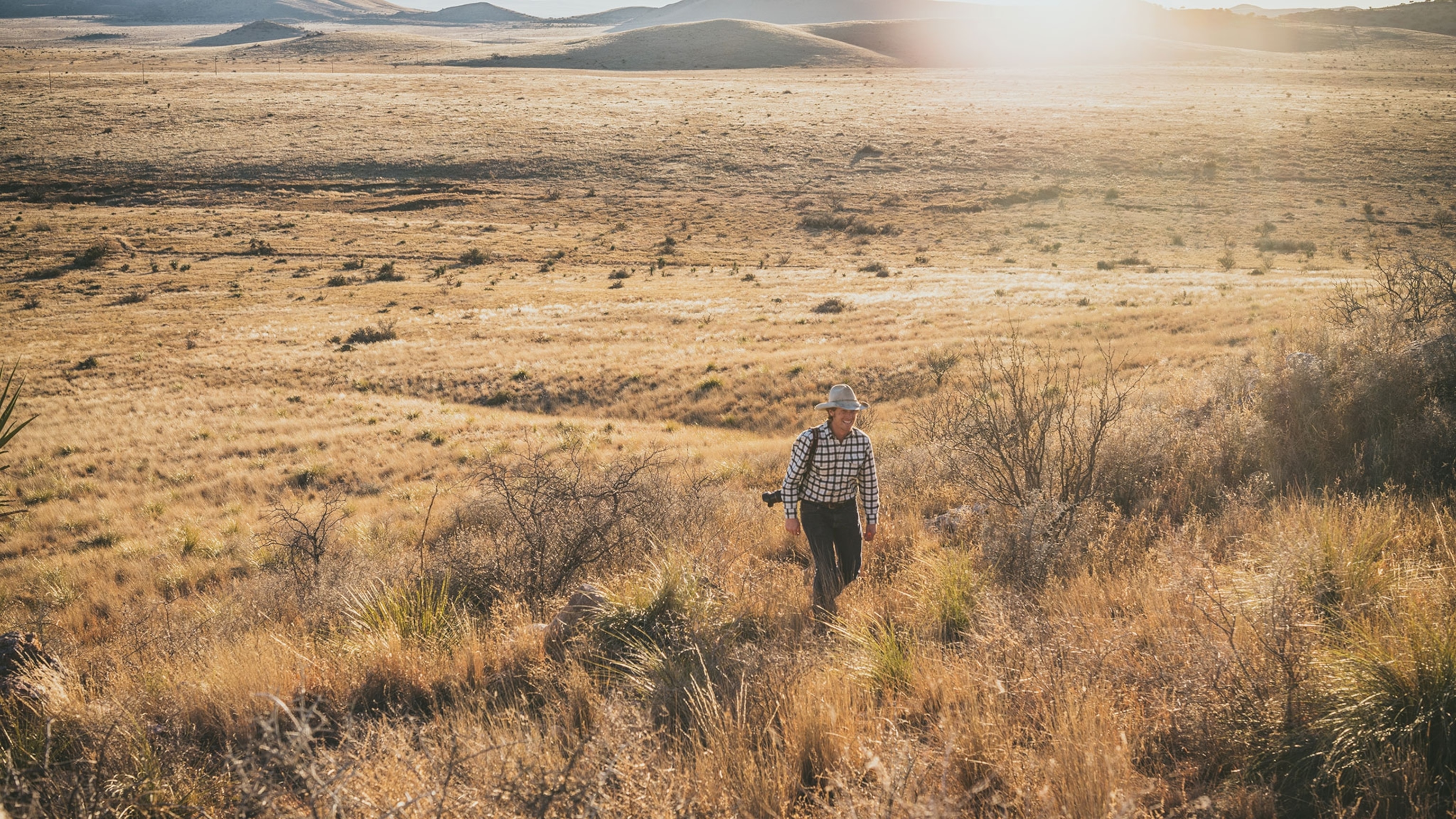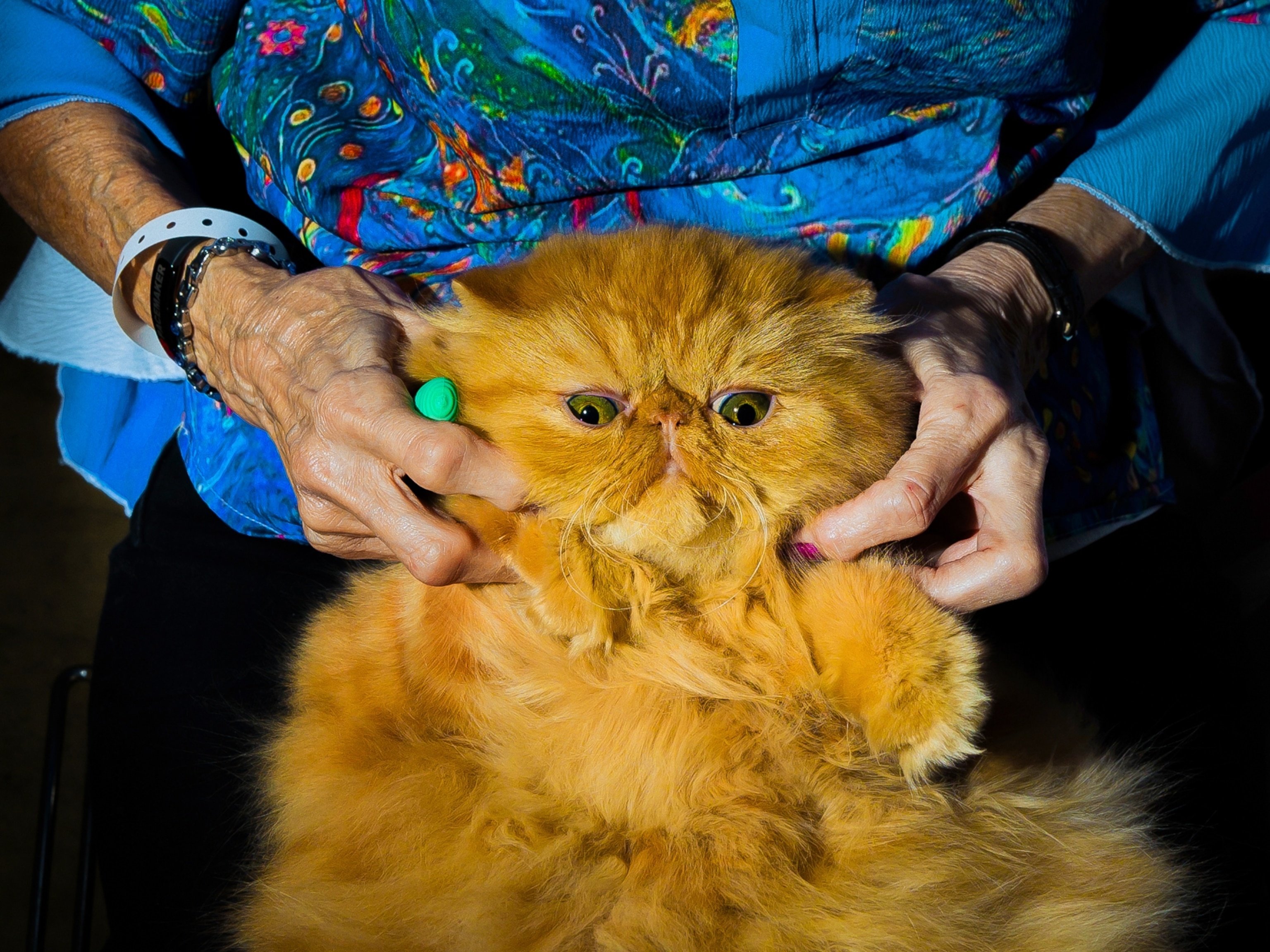
Pronghorn Revival: Bringing Back America’s Fastest Fauna
Biologists launch an ambitious plan to restore a herd of the iconic animals in West Texas.
Explorers Meriwether Lewis and William Clark admired the sprightly pronghorn as they traveled through the western United States in 1804. They noted its matchless speed when escaping from predators but had no way of knowing that even the fastest land mammal in North America could nearly be eliminated in less than a century by market hunting.
Many pronghorn herds are now thriving thanks to conservation programs enacted nearly a century ago. But the West Texas pronghorn population mysteriously crashed from about 17,000 animals in the 1980s to fewer than 3,000 in 2013, says wildlife biologist Louis Harveson, director of the Borderlands Research Institute in Alpine, Texas. Now he’s working to replenish the struggling herd by relocating a group of pronghorns from the Texas Panhandle to West Texas, 500 miles away.
“We drew a line in the sand not to see this species diminish on our watch,” Harveson says.
Pronghorns are as American as wildlife gets. More American than the bald eagle, bison, or grizzly bear, because all of those animals have close relatives on other continents. Pronghorns (aka antelope, speed goat, and Antilocapra americana) are the only living species in the family Antilocapridae and found solely in North America.
They can run up to 55 miles (88 kilometers) an hour—a speed unnecessary now, but very necessary about 12,000 years ago, when now extinct carnivores like American cheetahs, lions, dire wolves, and saber-toothed cats forced them to evolve into the fastest mammalian herbivores alive today. They’ve adapted and thrived for millions of years through a gauntlet of natural selection that propelled even the mighty woolly mammoth, mastodon, short-faced bear, and giant sloth into extinction. Yet less than a century and a half ago, market hunting caused this great species to be nearly written off as doomed to the dusty shelves of museums and memory.
Similar to bison, wolves, grizzly bears, and elk, pronghorns were nearly eliminated during the era of European settlement of North America. When Lewis and Clark returned home, they relayed stories of the pronghorns to naturalists back east, who had never heard of such an beast. “Of all the animals we have seen the antelope seems to possess the most wonderful fleetness. Shy and timorous they generally repose only on the ridges, which command a view of all the approaches of an enemy,” the explorers wrote. “When alarmed, their rapid career seems more like the flight of birds than the movement of an earthly being.”

Beautifully written, Lewis and Clark, but the pronghorns' most wonderful fleetness, shy and timorous behavior, and great velocity were no match for the market hunters of the 19th century, who decimated the pronghorn population from tens of millions of individuals to a mere 13,000 by the 20th century.
Members of the Boone and Crockett Club, co-founded by Theodore Roosevelt, George Bird Grinnell, and others in 1887 as one of the first American hunting and conservation organizations, sounded the alarm. In the early 1910s, Grinnell told the U.S. Secretary of the Interior Walter Fisher that “The club is much concerned about the fate of the pronghorn which appears to be everywhere rapidly diminishing.”
A decade later, the situation had not improved. “Personally, I think that the antelope are doomed, yet every attempt should be made to save them,” wrote member Charles Sheldon to Grinnell, who was by then chairman of the club’s game preservation committee.
This time, their pleas for help were answered. In one of the greatest comeback stories in conservation history, presidents, politicians, conservationists, biologists, and philanthropists rallied behind the pronghorns to save the species from extinction. They enacted hunting regulations, protected habitat, and designated public lands to ensure a place for pronghorns to live into the future.
In the decades since then, pronghorn populations have risen from a low of 13,000 individuals to approximately 500,000 individuals in northern Mexico, the Great Plains and American West, and in southern Canada.
- National Geographic Expeditions
Louis Harveson, the biologist now tasked with restoring the herds of West Texas, has devoted his life to rangeland science and to bringing back the amazing megafauna that used to call the Big Bend area home. He presents the next chapter in the pronghorns' story of survival.
Initially, my jaw dropped when he told me about his project. Did I hear him correctly? Were they really going to catch more than a hundred pronghorns, the fastest land mammal in North America, with nets shot out of a helicopter, to be transported to a new range in far West Texas?
Well, that was Harveson’s plan. The pronghorns had already proved to be a resilient species. But it still wouldn’t be easy.
See the online premiere of the film on our site in September.





